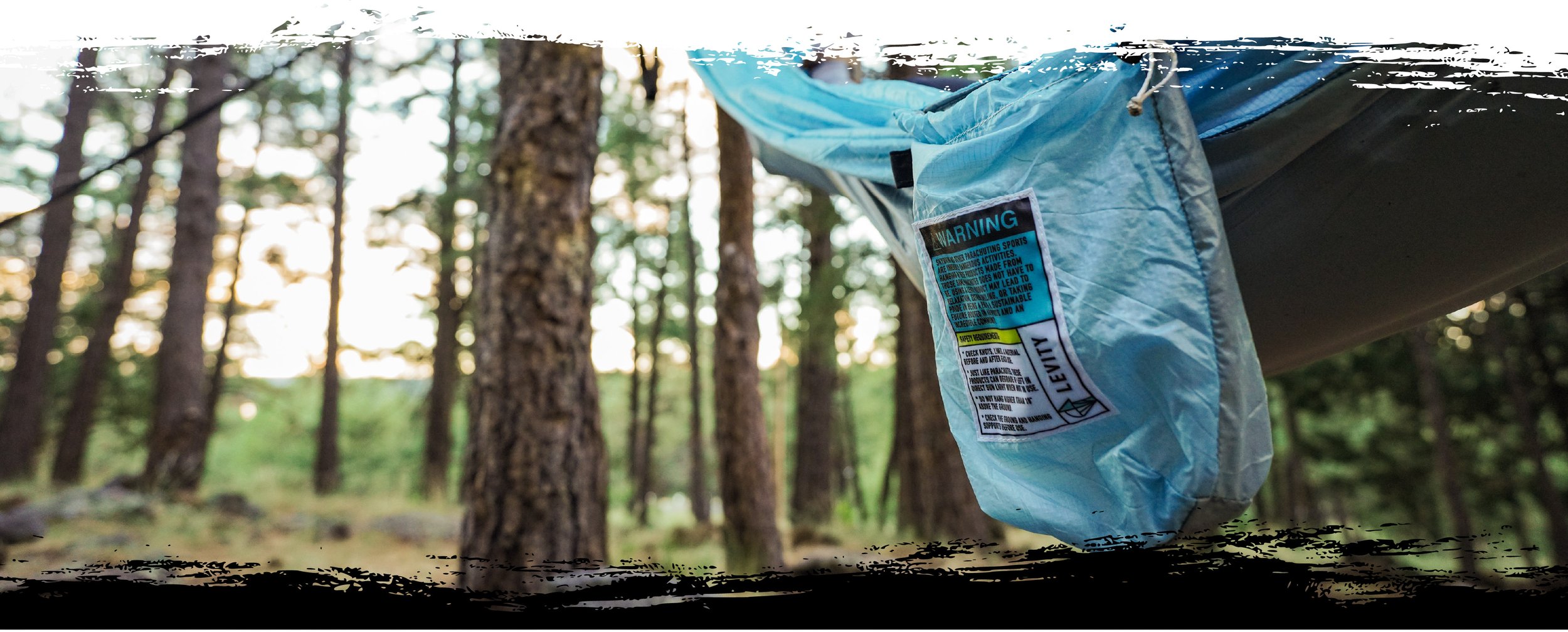EVERY PIECE HANDCRAFTED WITH
ADVENTURE AND A STORY TO TELL
WE BELIEVE IN A WORLD WHERE ADVENTURE MEETS PURPOSE.
Taking non-airworthy parachutes and other found fabric, Levity repurposes the material into handcrafted bags, packs, swings, and more. By reimagining this gear that would otherwise be discarded, we challenge the traditional cradle to grave cycle in manufacturing and the air-sports industries, and create something new and truly unique.
ROOTED IN COMMUNITY | SUSTAINABILITY IN ACTION | AUTHENTICALLY UNIQUE
NEW PACKS FOR EXPLORING
The Ultimate Adventure Pack and Ultimate Ruck Fanny Pack
Taking the original material properties of strength and lightweight pack volume of parachutes and other like materials, combined with the magic feeling of being suspended by lines and fabric —
Levity aims to bring sustainability from one industry into multiple new communities.



















